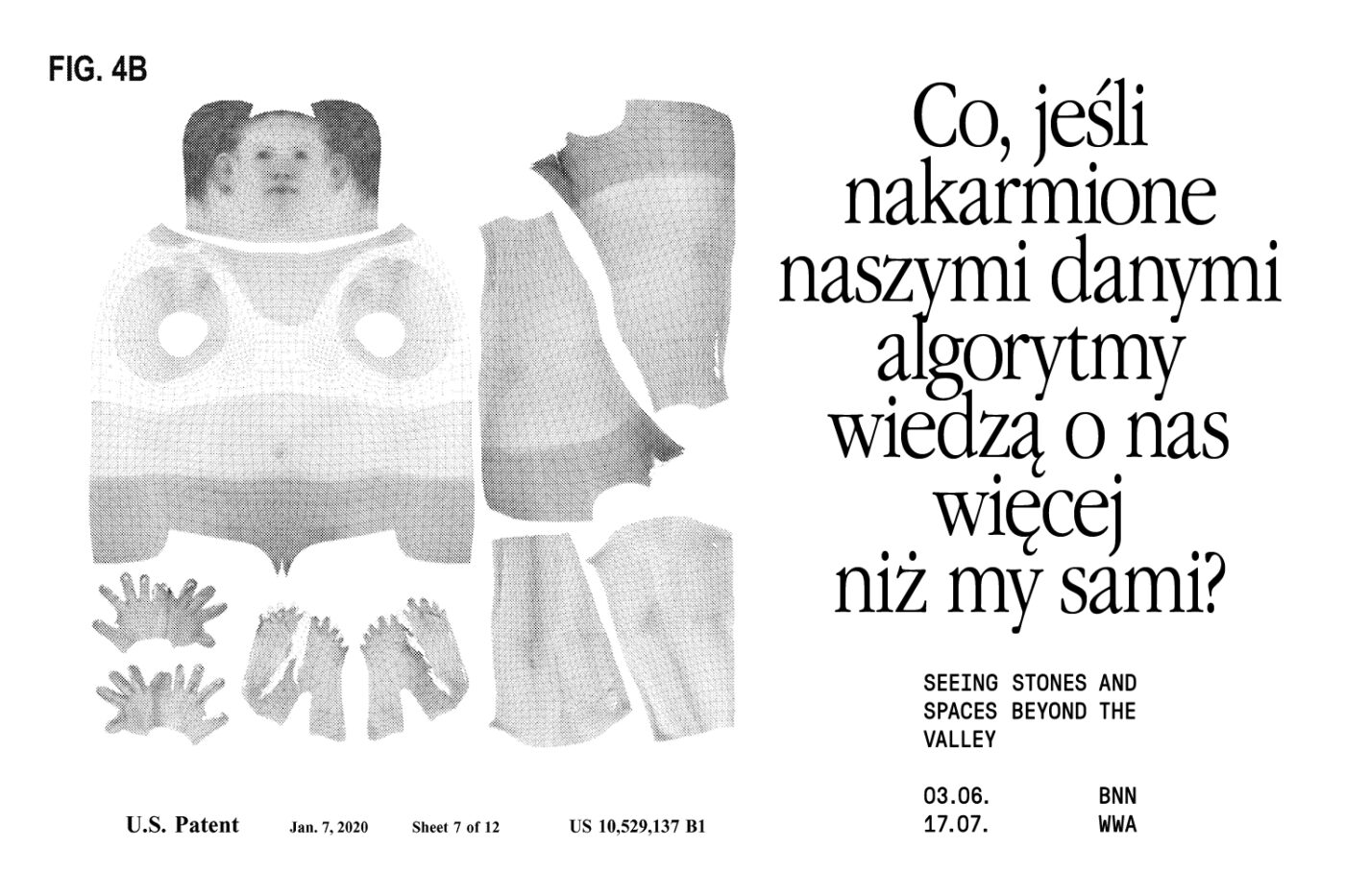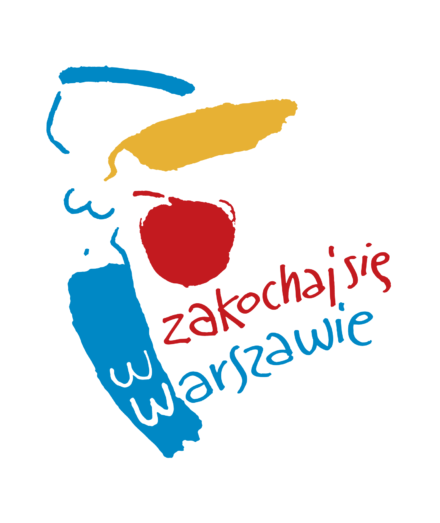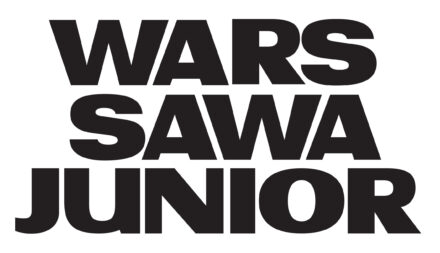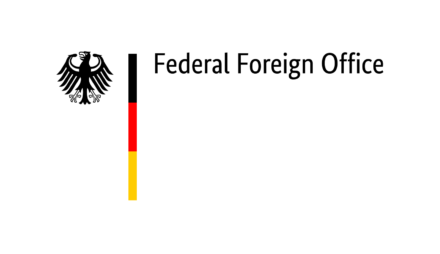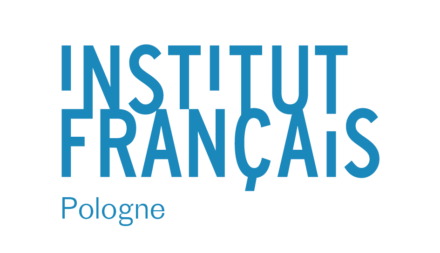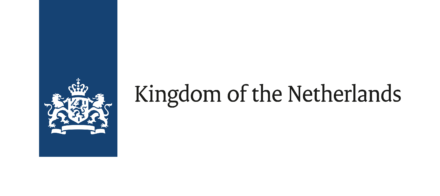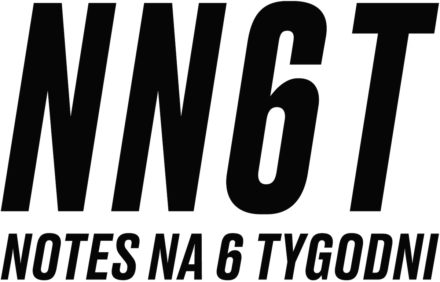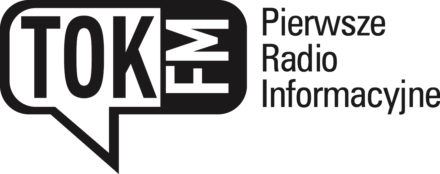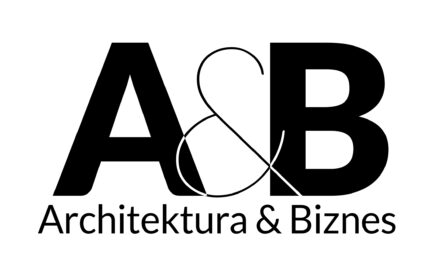We Present the Artists of Biennale Warszawa 2022
Press release
Kyriaki Goni, Vanessa Graf, Territorial Agency, Oleksiy Radynski, Luis August Krawen, Forensic Architecture, or Špela Petrič – these are only some of over thirty artists from all over the world, whose works will be displayed during the second edition of Biennale Warszawa. Some of them came into being specifically for the programme of this year’s event. The visitors will be able to use a guidebook that organises the exhibition’s space according to the crucial themes of this year’s biennale: infrastructure, extractivism, algorithms, ideology, state, and future.
“In their works devoted to the alternative visions of the future, the artists will argue that not intelligent machines but us, humans, can explain the causative relations of phenomena and create a plan for realising the future we desire for ourselves. To do so, we need to start by stepping out of the frames created by companies, discourse, ideology, and practices of Silicon Valley”, claim the curators of Biennale Warszawa 2022, Bartosz Frąckowiak, Anna Galas-Kosil, and Paweł Wodziński.
Critical works regarding infrastructure and algorithms
The Internet, the cloud, or anything that enables us to experience technologies as “light,” “agile,” or “mobile,” at its core is based on a specific framework of material infrastructure. The Internet not only has its own materiality but also its weight, temperature, and chemical composition.
It is the algorithms that comprise the second layer of the new power framework in surveillance capitalism. They need a huge set of data gathered in centres to learn to recognise new patterns, refine their ability to “predict” the future, and transform themselves into ever more perfect systems of rules and functions. Simultaneously, the assumptions on which they are based, the criteria according to which they classify, and the rules regulating their work are usually non-public and hidden. This not only stems from the users’ lack of competence regarding programming languages but also the patent law and trade secrets. The algorithms’ creators and holders oftentimes wish for their way of acting to remain hidden. Thus, they exert a bigger impact on the users’ choices, behaviours, and needs.
An independent organisation Territorial Agency, established by architects and urbanists John Palmesino and Ann-Sofi Rönnskog, explores the theme of the network’s infrastructure. In their works, they focus on the usage of science, architecture, and art in the context of challenges stemming from climate change. For the sake of this year’s Biennale Warszawa, Territorial Agency has prepared an updated version of their work Liminal technologies – endangered sphere, in which by utilising, among others, open-source data sets and satellite photos, they speak of our region, deep changes occurring in seas, forests, rivers, and extraction zones surrounding the Baltic Sea.
The Toolbox for Fieldwork on the Material Internet: Warsaw is a work of local character commissioned by Biennale Warszawa 2022, in which the artist and writer, Vanessa Graf, maps the material structure of the Polish Internet. The installation stems from, among others, trips and research expeditions to the Polish seashore, where the underwater cables crossing the Baltic Sea and connected to data centres scattered across the Polish cities resurface. Many of them are inconspicuous, often unnoticeable buildings painted in grey. The project invites the audience to broaden their notions regarding the global Internet and the humongous amount of energy-intensive and material infrastructure required for its sustenance.
Špela Petrič’s installation Vegetariat: Work Zero from the collection of Moderna galerija in Ljubljana connects living plants with technologies, thus referring to the notion of “vegetariat.” The work concerns body surveillance: scrutiny of our bodies through harvesting medical and physiological data. Petrič tests the possibility of contaminating AI with plant-generated data.
Relations between technology, politics, and conservative ideology
During Biennale Warszawa 2022, the audience will learn, among others, what connects Tolkien’s fantasy world to start-ups idealising technological progress and ultraconservative, nationalist politics, or why the World Trade Center terrorist attacks changed digital data harvesting systems.
The states use violence on their citizens and suppress pro-democratic movements and initiatives in the West and the North but also the countries of the global South. They utilise various technologies from the spheres of data analysis, surveillance, and algorithmic control. Such actions are justified by terrorist threats. The relations between technology, politics, and authoritarianism are one of the crucial themes of the exhibition.
Among the works displayed during the biennale, one can find some commenting on the actions of the Russian state building a global system of cyberviolence targeting both Russian citizens and the broadly understood international community. Due to the ongoing Russian aggression in Ukraine, a Biennale Warszawa commissioned exhibition Gas gains a particular significance. A Ukrainian artist, Oleksiy Radynski, prepared a video on the Nord Stream gas pipeline. The profits from Russian gas exports have been financing the Russian military machine for years, and depriving the Ukrainians of profits from transit fees by the creation of an alternative route through the Baltic Sea, which was one of many attempts of subjugating Ukraine to the colonial rule of Russia. It preceded the full-scale invasion in 2022.
Digital violence. How the NSO Group Enables State Terror is an effect of the Forensic Architecture team’s investigative activity devoted to Pegasus – a malicious software first uncovered in 2015. Since then, it was probably used in at least forty-five countries all over the world. Forensic Architecture conducted a fifteen-month long investigation culminating in the creation of a map displaying the acts of spyware usage targeting social activists, lawyers, human rights defenders, journalists, and opposition politicians. The map highlights the relations between infecting phones and actual violence. It is worth underlining that this work is particularly focused on the Polish context.
A video artist, Luis August Krawen, created a work alluding to the title of this year’s Biennale Seeing Stones and Spaces Beyond the Valley. SHIRE II speaks of authoritarian technologies and the usage of data analysis for state surveillance. Krawen researches the culture of Silicon Valley and how the founders of government- and military-collaborating companies Anduril and Palantir use the fantasy world’s imagery in order to create narrations of new geopolitics. The Shire, a stand-in for the global West, needs to be protected from the forces of Evil associated with the countries of the global South. Tolkien’s symbols and myths thus inspire authoritarian data analysis technologies or border surveillance meant to upkeep the hegemony of the West and its values.
A Greek artist, Kyriaki Goni, also contributes to the consideration of relations between technology, politics, and society. In her newest, interactive work The Future Light Cone, she tells of the Mars conquest, human expansion in the cosmos, and the intertwinement of futurology and historical colonialism.
Technological alternatives and visions of the future
The AI algorithms – created to extract and classify the most intimate data – are restricted to recreating our past. This implies not only the impossibility of discovering anything truly novel but also – what is decidedly more perilous – the recreation of pre-existing classifications, prejudices, and stereotypes. During Biennale Warszawa, the artists will elaborate on this conspicuous dichotomy of the regressive-conservative character of seemingly progressive technologies that surround us.
The work entitled Data Garden by a collective Grow Your Own Cloud is an artistic-scientific initiative meant to save data in the plant DNA. It researches the possibility of ecological, emission-free data collecting powered by nature and belonging not to monopolistic corporations but the society. Instead of red-hot data centres, there are gardens with plants – their DNA contains our photos, texts, videos, and software. The visitors will be invited to connect to the Garden of Data and inspect the newest technology of genetic sequencing in order to download music, images, and text files from the plants in real-time.
Tega Brain, Julian Oliver and Bengt Sjölén present another vision of our future in their project Asunder. It is a response to the growing interest in implementing AI for resolving critical, environmental issues. It combines the newest technology of climate and environment simulation, a supercomputer with 144 processors, and the technology of image creation based on machine learning. As a result, a fictional “environment manager” came into being that proposes and simulates changes which could be implemented on our planet for the sake of its safety. However, often the solutions proposed by AI are ludicrous and completely unacceptable. Thus, the work undermines the assumption of computing neutrality of modern technologies in order to remind us yet again of the crucial thing: human existence.
At the crossroads of power, capital, and technology
On June 3rd, 2022, in the space of Wars Sawa Junior Department Stores in Warsaw, the second edition of Biennale Warszawa entitled Seeing Stones and Spaces Beyond the Valley will be inaugurated. It is devoted to the relations between power, capital, and technology.
The exhibition and the public programme include fifty people and groups of artists and researchers. The artists will present twenty-five works, nine of which were commissioned by Biennale Warszawa, that refer closely to the current socio-political context by touching upon the subjects of reactionary ideology hidden behind technologies, surveillance of citizens through spyware, the technology of border protection, or the infrastructure’s role in establishing new power structures – also concerning the war in Ukraine.
Invited to the public programme are media theoreticians, philosophers, and new technology researchers, who will analyse and review the foregoing technological models but also speak of ideas and solutions serving as an alternative to them.
Biennale Warszawa 2022 will last to July 17th, 2022. The tickets will be soon available for online purchase.
The list of artists and theoreticians participating in the second edition of Biennale Warszawa:
Anne Alombert, Clara Balaguer, Andrea Beste, Zach Blas, Border Emergency Collective, Tega Brain & Julian Oliver & Bengt Sjölén, Paolo Cirio, Frederik De Wilde, Forensic Architecture, Fabien Giraud & Raphaël Siboni, Kyriaki Goni, Vanessa Graf, Grow You Own Cloud (Cyrus Clarke & Monika Seyfried), Yuk Hui, Karolina Jarmołowska, Vladan Joler, Paweł Kobielus, Paul Kolling, Weronika Koralewska, Steffen Köhn & Nestor Siré, Luis August Krawen, Michał Krzykawski, Kuba Kulesza, Felix Lenz & Angela Neubauer & Eszter Zwickl, Ulises A.Mejias, Metahaven, Joanna Murzyn, Helena Nikonole, Bahar Noorizadeh, Matteo Pasquinelli, Špela Petrič, Laura Poitras, Oleksiy Radynski, Daniel Ross, Jan Skoczylas, Ramesh Srinivasan, Jenna Sutela, terra0 (Paul Kolling & Paul Seidel), Territorial Agency (John Palmesino & Ann-Sofi Rönnskog)
Organizer: Biennale Warszawa, Cultural Institutions of the Capital City of Warsaw
Curation Team: Anna Galas-Kosil, Bartosz Frąckowiak, Paweł Wodziński
Visual identification concept: Jakub de Barbaro; project and production cooperation: Marta Kowalska i Alina Lysachkova
Architecture: CENTRALA (Simone De Iacobis, Małgorzata Kuciewicz)
Production: Ewa Kozik, Marta Michalak, Ela Petruk
PR and communication: Magdalena Jankowska, Przemek Rydzewski, Agnieszka Tiutiunik
Promtion and advertisement Justyna Gill-Maćkiewicz
Publications: Aleksandra Kardaczyńska
The project is financed by the city of Warsaw
Partners: Mall Department Wars Sawa Junior, Goethe Institut, Institut Français, Heinrich Böll Foundation, Austrian Cultural Forum
Media partners: Przekrój, Tygodnik Powszechny, Szum, Notes na 6 Tygodni, Le Monde diplomatique, Going, TOK FM
Lista artystów i teoretyków biorących udział w drugiej edycji Biennale Warszawa:
Anne Alombert
Clara Balaguer
Andrea Beste
Zach Blas
Border Emergency Collective
Tega Brain
Julian Oliver
Bengt Sjölén
Paolo Cirio
Frederik De Wilde
Forensic Architecture
Fabien Giraud and Raphaël Siboni
Kyriaki Goni
Vanessa Graf
Cyrus Clarke
Monika Seyfried
Yuk Hui
Karolina Jarmołowska
Vladan Joler
Paul Kolling
Steffen Köhn
Nestor Siré
Paweł Kobielus
Weronika Koralewska
Luis August Krawen
Michał Krzykawski
Kuba Kulesza
Felix Lenz
Angela Neubauer
Eszter Noémi Zwickl
Ulises Ali Mejías
Metahaven
Joanna Murzyn
Helena Nikonole
Bahar Noorizadeh
Matteo Pasquinelli
Špela Petrič
Laura Poitras
Oleksiy Radynski
Daniel Ross
Jan Skoczylas
Ramesh Srinivasan
Jenna Sutela
terra0
Territorial Agency
Kontakt dla mediów:

